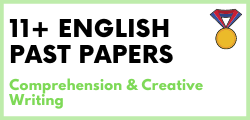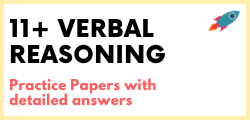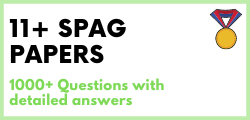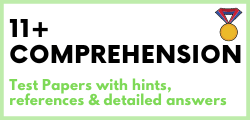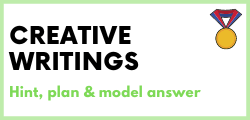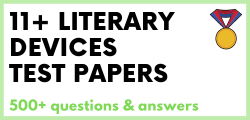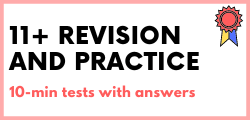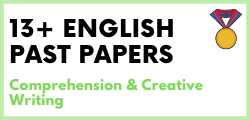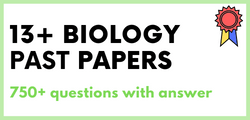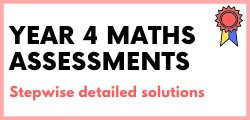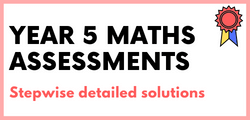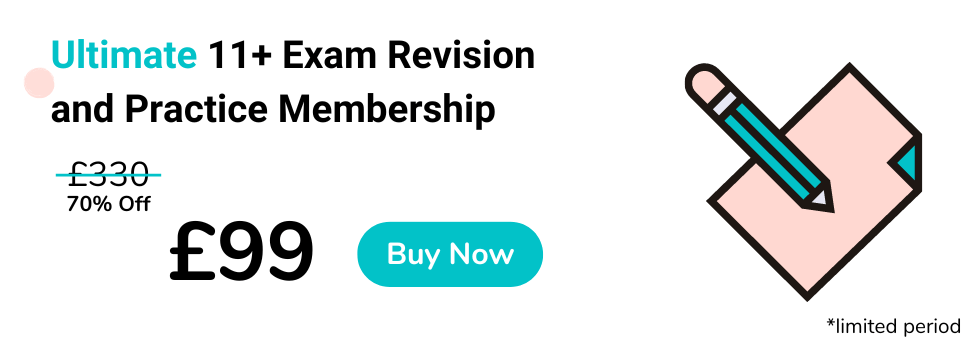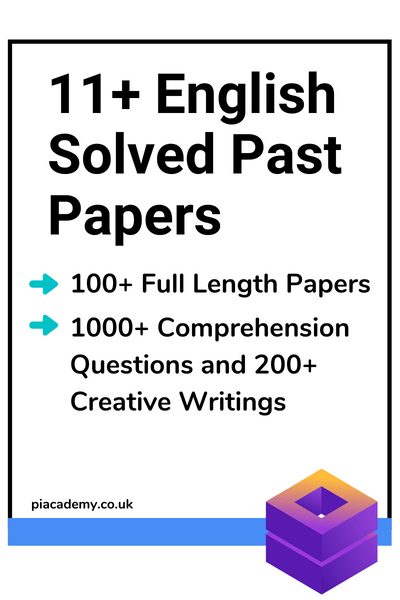
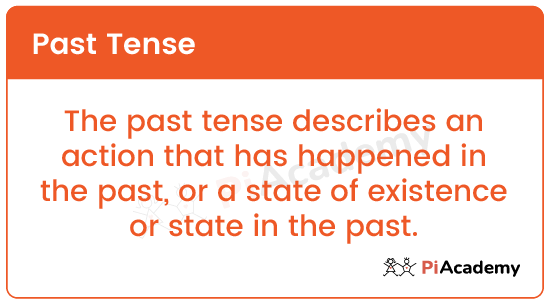
Let’s explore past tense examples!
Tenses can often be confusing. Our easy-to-follow guide will aid your understanding of how to use the past tense!
When Do We Use the Past Tense?
In English, we have verb tenses to indicate actions or states of being. The past tense describes an action that has happened in the past, or a state of existence or state in the past.
Examples of actions that have happened in the past:
- I bought some apples from the supermarket.
- She went for a swim.
- Fleur looked in the mirror to check her make-up.

Examples of describing a past state of existence or state:
- Rhea was happy that day.
- He seemed a little angry.
.

How Many Types of Past Tense are There?
There are four versions of the past tense. These are:
- Past simple
- Past progressive
- Past perfect
- Past perfect progressive

What is the Past Simple Tense?
The past simple tense is used:
- To describe factual information and habits that started in the past and have ended in the past
- I sang.
- I went running.
- .I liked the movie.
- It was foggy that day.
- Felicity read a book every day.

- To describe a past state of being:
- She was thrilled that her team won the relay.
- Seeing his family was the highlight of his holiday.

Note: this is formed with the simple past tense of ‘to be’ + adjective/noun/prepositional phrase.

How Do I Form the Past Simple Tense?
- First-person singular = I sang
- Second person singular = You sang
- Third person singular = It/She/He sang
- First-person plural = We sang
- Second person plural = You sang
- Third person plural = They sang
Using the simple past for questions:
Use for a closed question:
- Did + subject + verb base form:
- Did Gordon drive here?
Use for an open question:
- Interrogative + did + subject + verb base form:
- When did Gordon arrive?
Important Spelling Rules to Remember With the Past Simple Tense
For regular verbs, add ‘ed’ after the base form:
- climb = climbed
- pour = poured
For one syllable verbs that end in CVC (consonant-verb-consonant) – double final consonant + add ‘ed’:
- pat = patted
- tap = tapped
But!
If the final consonant is w, x or y, don’t double!
W: sew = sewed
X: mix = mixed
Y: slay = slayed
If the first syllable of a longer verb is stressed and ends with CVC, just add ‘ed’:
- Follow = followed
- Borrow = borrowed
For verbs that end in ‘e’, only add ‘d’:
- Bake = baked
- Nuzzle = nuzzled
For verbs that end in a consonant + ‘y’, change the ‘y’ to ‘i’ and add ‘ed’:
- cry = cried
- reply = replied
- try = tried
For irregular verbs, it is often simply a case of learning them and then noticing certain patterns. Some examples of irregular verbs in the simple past tense are:
- Become = became
- Bid = bid
- Draw = drew
- Run = ran
- Sell = sold
What is the Past Progressive Tense?
Sometimes also referred to as the past continuous tense, this verb form expresses an ongoing activity in the past. It is also used to set up another action.
Feeling a little confused? Have a look at these past progressive tense examples:
An ongoing action in the past:
- He was running a race.
- They were cooking together.

Examples of setting up another action in the past progressive form:
- He was running a race when he realised he hadn’t trained enough.
- They were cooking together when they realised they hadn’t bought all of the ingredients required!
There are three main uses of the past progressive tense:
- Something that was happening when another thing occurred:
- Sarah held the ladder while Fiona climbed it.
- Something that happened in the past when something interrupted it:
She was meditating when the doorbell rang.

How Do I Form the Past Progressive Tense?
Use this formula for singular:
- Subject + was + present participle (remember – this is usually the verb + ‘ing’):
- How fast was she running?

Use this formula for plural:
- Subject + were + present participle:
- They were playing for two hours.
More spelling rules!
- When verbs end in ‘e’, remove the ‘e’ and add ‘ing’:
- write = writing
- When verbs end ‘ie’, change the ‘ie’ to ‘y’ and add ‘ing’:
- tie = tying
- For the fun part, when you encounter those verbs whose last syllable is written CVC (consonant-vowel-consonant) and is stressed, double the last consonant and add ‘ing’:
- sit = sitting
Want more past progressive tense examples?
Let’s go with the verb ‘To wash’:
- We were washing the car when the package arrived.
So, we are simply adding the suffix ‘ing’ to the end of the verb that ends in a consonant without a long vowel sound.
Let’s look at the verb ‘To dig’:
- He was digging a hole when he found a fossil.
As you can see, this verb spelling pattern is CVC (consonant – vowel – consonant), which has a short vowel sound, so most of the time we have to add an extra consonant before adding the ‘ing’.
Let’s now look at the verb ‘To captivate’:
- The view of the mountain was captivating, so she decided to stay there longer.

Here, the verb ends with a silent ‘e’, so we take it away before adding the ‘ing’.
What is the Past Perfect Tense?
The past perfect tense is used to emphasise that an action finished before another preceding action.
Let’s explore some examples:
- She had moved the car to the other side of the car park before the congestion got worse.
- They had been awake for hours before I called them.
How do I form the past perfect tense with regular verbs?
Use this rule:
Subject + had + past participle.

- The plan had worked, and they won the game.
Past participle rules!
When you encounter a regular verb, the past participle is the same as the simple past tense:
- work = worked
- pour = poured
If the verb follows a CVC (consonant-vowel-consonant) pattern with a short vowel sound, we double that final consonant and then add ‘ed’:
- stop = stopped
- flip = flipped
However, When the final consonant of the verb is ‘w’, ‘x’, or ‘y’, leave that consonant as it is:
- stew = stewed
- mix = mixed
- enjoy = enjoyed
Furthermore, if a longer verb has a stressed first syllable and it ends with CVC, you just need to add ‘ed’:
- enter = entered
If the verb ends with ‘e’, you only need to add the ‘d’:
- time = timed
- fire = fired
If the verb ends with a consonant and ‘y’, replace the ‘y’ to ‘i’ and then add ‘ed’:
- rely = relied
- fry = fried
How Do I Form the Present Perfect Tense With Irregular Verbs?
With irregular verbs, it is simply a case of learning the appropriate past participle and then noticing patterns.
Here are some examples:
- arise = arisen
- begin = begun
- bind = bound
- creep = crept

Other versions of the past perfect
Negative past perfect
To form the negative version of past perfect, use:
Subject + had not + past participle:
- She had not decided what she wanted when the waiter arrived.
- I had not watched this movie before now.

The question version of past perfect
To form the question version of the past perfect, use:
- Had + subject + past participle (for a closed question):
- Had she decided what she wanted before the waiter arrived?
- Had the police arrived by the time the robbers escaped?
- [question word] + had + subject + past participle (for an open question):
- Why had she called the police before an ambulance?
- Where had she chosen to go on her holiday before choosing this one?
What is the Past Perfect Progressive Tense?
Also known as the past perfect continuous, this tense is used to show that an ongoing action in the past is complete.
Here are some examples of the past perfect progressive tense:
- David had been gritting the roads for five hours when he was told to return to take a rest.
- Helen had been waiting for the package to be delivered all morning when it finally arrived at midday.

- She had known the truth all along.
How Do I Form the Past Progressive Tense?
Use this rule:
Subject + had + past participle:
- I had been working on the essay for one week before I realised it was the wrong assignment!

Other versions of the past progressive tense:
Negative Past Progressive
Subject + had not been/had not been + present participle:
- I had not been able to sleep properly for a while.
Question version of the past progressive tense
To form the question version of the past progressive, use:
- Had + subject + been + present participle (for a closed question):
- Had Dominic been there before?
Question word + had + subject + been + present participle (for an open question):
- Why had Dominic not replied to the invitation?
Sneak Peek of Pi Academy Resources
Now that we have explored the past tense, why not try out our practice papers and exercises on our website!








